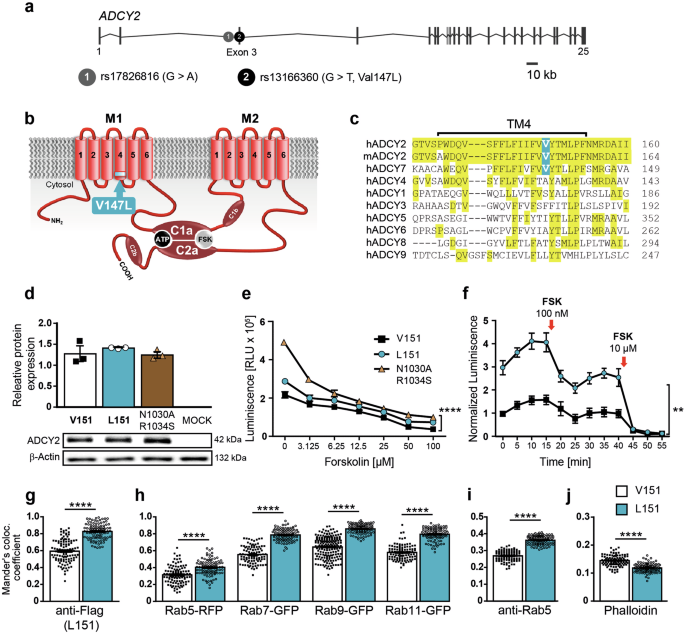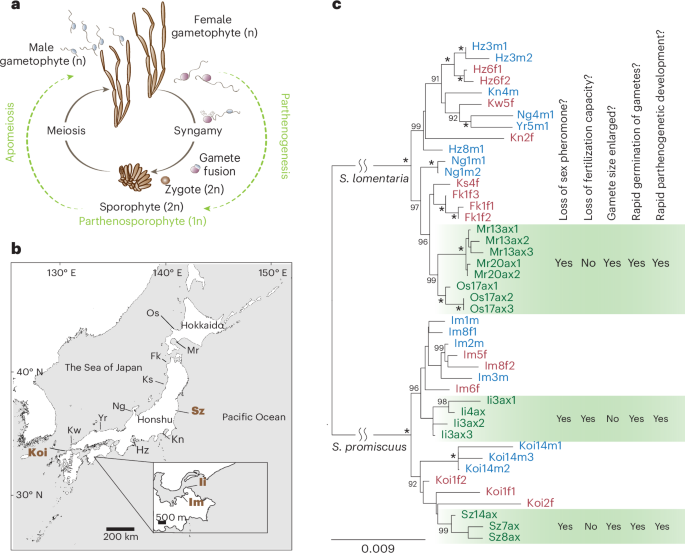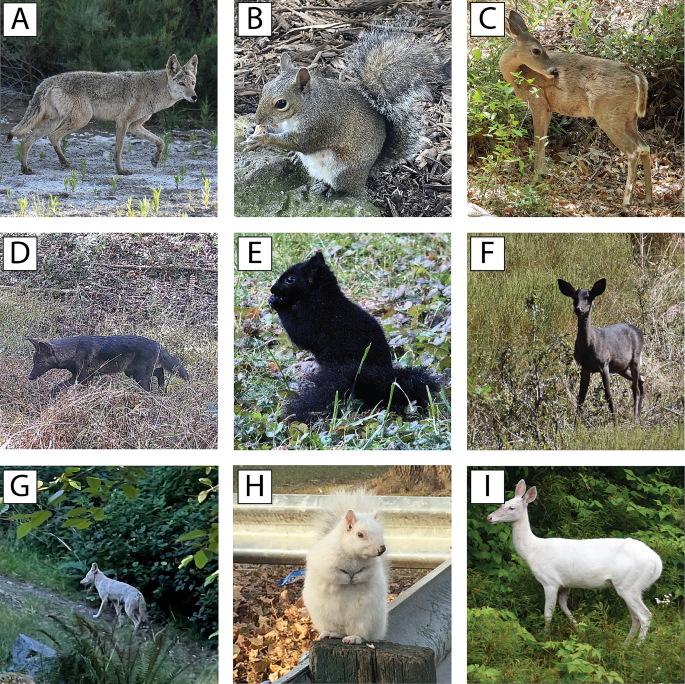2024-09-02 マックス・プランク研究所
<関連情報>
- https://www.mpg.de/23152858/0902-pskl-risk-gene-for-bipolar-disorder-153150-x
- https://www.nature.com/articles/s41380-024-02663-w
双極性障害に関連するミスセンス変異体がアデニルシクラーゼ2活性を変化させ、躁病様行動を促進する A bipolar disorder-associated missense variant alters adenylyl cyclase 2 activity and promotes mania-like behavior
Paromita Sen,Oskar Ortiz,Elena Brivio,Danusa Menegaz,Laura Sotillos Elliott,Ying Du,Clemens Ries,Alon Chen,Wolfgang Wurst,Juan Pablo Lopez,Matthias Eder & Jan M. Deussing
Molecular Psychiatry Published:13 July 2024
DOI:https://doi.org/10.1038/s41380-024-02663-w

Abstract
The single nucleotide polymorphism rs13166360, causing a substitution of valine (Val) 147 to leucine (Leu) in the adenylyl cyclase 2 (ADCY2), has previously been associated with bipolar disorder (BD). Here we show that the disease-associated ADCY2 missense mutation diminishes the enzyme´s capacity to generate the second messenger 3’,5’-cylic adenosine monophosphate (cAMP) by altering its subcellular localization. We established mice specifically carrying the Val to Leu substitution using CRISPR/Cas9-based gene editing. Mice homozygous for the Leu variant display symptoms of a mania-like state accompanied by cognitive impairments. Mutant animals show additional characteristic signs of rodent mania models, i.e., they are hypersensitive to amphetamine, the observed mania-like behaviors are responsive to lithium treatment and the Val to Leu substitution results in a shifted excitatory/inhibitory synaptic balance towards more excitation. Exposure to chronic social defeat stress switches homozygous Leu variant carriers from a mania- to a depressive-like state, a transition which is reminiscent of the alternations characterizing the symptomatology in BD patients. Single-cell RNA-seq (scRNA-seq) revealed widespread Adcy2 mRNA expression in numerous hippocampal cell types. Differentially expressed genes particularly identified from glutamatergic CA1 neurons point towards ADCY2 variant-dependent alterations in multiple biological processes including cAMP-related signaling pathways. These results validate ADCY2 as a BD risk gene, provide insights into underlying disease mechanisms, and potentially open novel avenues for therapeutic intervention strategies.


